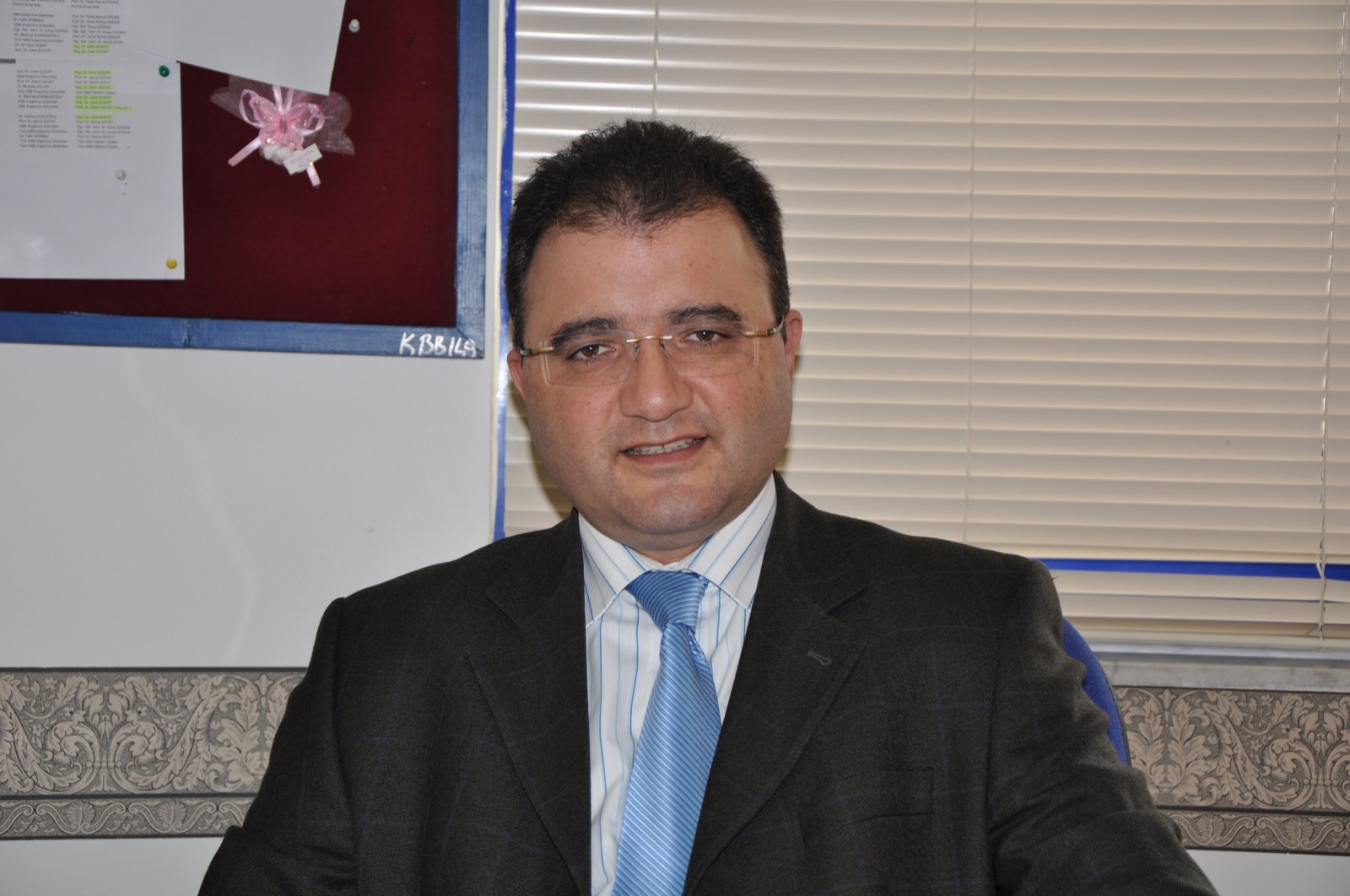Treatment Process
How does it work?
During the initial consultation, the patient and surgeon will determine what changes can be made in the shape of the nose. Most doctors take photographs at the same time. The surgeon will also explain the techniques and anesthesia options available to the patient.
Doctors work with each patient to determine the best type of anesthesia for your needs. With both methods, patients do not experience any discomfort during the surgery. However, some individuals may experience less anxiety, knowing they will be completely asleep.
Once you’re numb or unconscious, your surgeon will make cuts between or inside your nostrils or on the columella (the area of cartilage between the two nostrils). They’ll separate your skin from your cartilage or bone and then start the reshaping. If your new nose needs a small amount of additional cartilage, your doctor may remove some from your ear or deep inside your nose. If more is needed, you might get an implant or a bone graft. A bone graft is additional bone that’s added to the bone in your nose.
After the patient is sedated, the surgeon creates tiny incisions inside the nostrils or on the columella (the area of cartilage between the two nostrils). They then carefully lift the skin to access the underlying bone and cartilage.
The procedure usually takes between one and two hours. If the surgery is complex, it can take longer.
Who is this for?
People looking to change the aesthetics of their nose (e.g. tip shape, bridge size or slope)
People looking to correct disfigurement from trauma (e.g damage following a severely broken nose)
Rhinoplasty is most effective if facial growth is complete
Success
The success of a rhinoplasty procedure is a highly personal topic. While modern surgeons are able to perform the technical aspects of the procedure with very high success rates, the outcome of the procedure also heavily relies on factors that are out of their control: quality of your nasal tissue, cartilage and bone, healing process and your own perception of results. It is important to ensure you have realistic expectations and goals for your rhinoplasty, as dysmorphia and similar issues can lead to dissatisfaction.
Recovery Time
Short term: 5 - 7 days to resume activity
Mid-term: 7 - 14 days for majority of bruising and swelling to reduce
Long term: 4 - 6 weeks for external healing, subtle changes are noticeable for up to one year
Treatment Duration
2 - 3 hours, depending on complexity.
Potential Risks & Side Effects
Numbness
Nosebleeds
Scarring at the base of the nose
Swelling
Under or over correction
